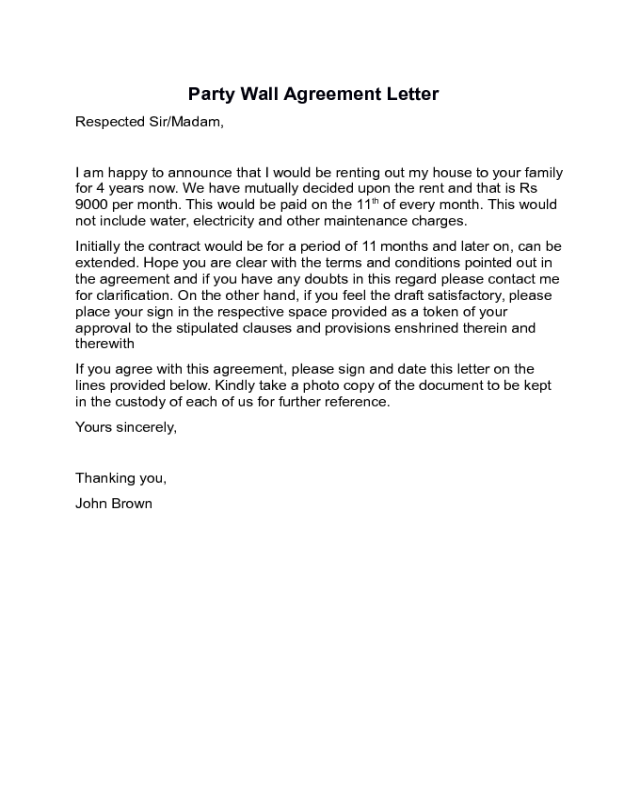
August 25, 2024
A Home Purchaser's Guide To Easements And Rights-of-way
A Home Customer's Overview To Easements And Rights-of-way If you don't discover anything, walk the residential or commercial property you intend to purchase. Look for stormwater drains, tire tracks, proof of somebody else using the land, or any various other indications that an easement may exist. Prescriptive easements are created when a person has actually been using a part of your land without your consent. This provides the right to keep using your land, as long as the size of use satisfies particular demands. In the UK Land Windows registry, an easement and an access relate concepts that are occasionally used interchangeably, but they are not the exact same point.- In many cases, there is a note that consists of where to discover the paperwork.
- This gives them the right to keep utilizing your land, as long as the size of usage meets specific demands.
- They may need to pass through your property to reach their very own residential or commercial property or conduct service.
- Many matters in life are open to arrangement, and easements can be among them.
How An Easement Works
To develop an easement, the event seeking it must prove its need. This can be done with arrangement between the events or by safeguarding a court order. When established, an easement comes to be legally binding and is frequently videotaped in building records to educate future homeowner. Very closely related to the Rylands v Fletcher teaching is the doctrine of rigorous liability for injuries resulting from ultra dangerous tasks and unusually hazardous tasks. Even without oversight, one who uses something naturally harmful on his/her very own lands that is likely to damage his/her neighbor's residential or commercial property is responsible for such damages. However, the doctrine of rigorous obligation for ultra harmful tasks has frequently been restricted to injury to adjoining residential or commercial property and https://us-southeast-1.linodeobjects.com/party-wall-agreement/Party-Wall-Matters/dispute-resolution/comprehending-access-easements-in-maryl.html to individuals on adjacent residential or commercial property.Wholesaling (Real Estate Wholesaling)
In this example, if a property owner understood a number of years later that they had built their fencing on a person else's land, they might request an authoritative easement to stay clear of having to reconstruct it. Adjoining landowners, that own lands that share typical borders, have common rights, responsibilities, and responsibilities. The mutual rights and responsibilities of adjoining landowners existed at common regulation however have actually been changed by numerous state regulations and court choices. Stringent responsibility and outright obligation are examples of responsibilities in between adjacent landowners. In tort legislation, rigorous obligation makes a person in charge of the damage and loss triggered by his/her acts and omissions despite carelessness or responsibility. A public right of way on personal property typically allows individuals to travel across designated components of personal property to access a public area-- most commonly, to permit the general public access to a roadway cutting through private property. The regulation concerning easements can be made complex by aspects such as the residential property's background, neighborhood, and worth, which can make remediating a land-use disagreement all the more challenging for homeowner. To make sure all easements on your home are made up and out of your means, seek specialist legal counsel from a reputable property law office. The 2003 Act does not change the setting of landowners in regard of the legal obligation which they might sustain for individuals accessing the land. This means that landowners still owe the very same responsibility of like people on their land, and will be liable for injuries sustained, if they have not taken adequate precautions to avoid injuries to those on their land. Landowners must keep their land in such a way regarding stop injuries to those with public accessibility rights over it.Code of Ethics: Understanding Its Types and Uses - Investopedia
Code of Ethics: Understanding Its Types and Uses.
Posted: Thu, 27 Jun 2024 07:00:00 GMT [source]
What are the rights of a land tenant in the Philippines?
Occupant''s Rights

The legislation generally aims to protect the lessee''s right to safety and security of tenure. Landowners can not arbitrarily expel lessees without understandable cause, as specified by regulation. Legal factors for ejecting a lessee include non-payment of lease or a volunteer offer to surrender the land.

Social Links